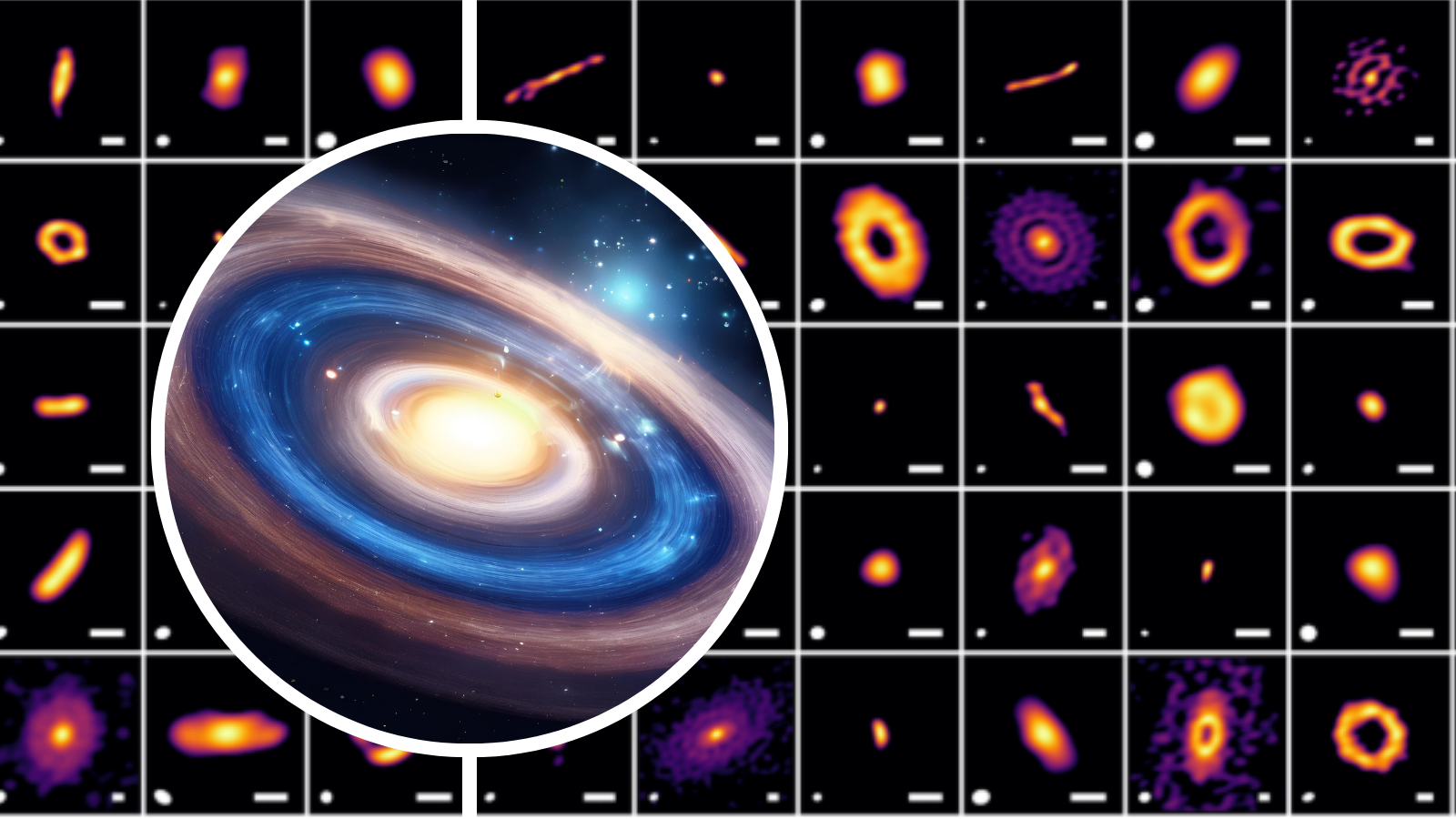NASA's Planet-Hunting TESS Telescope Finds 21 New Worlds in 1st Year
NASA's TESS mission was designed to hunt alien planets, but it's done more than that in its first year at work, as a new NASA video highlights.
Sure, the telescope, which is now halfway through its primary mission, has gathered enough data to let scientists identify 21 new exoplanets already. But in between planet-spotting, the instrument, which is formally called the Transiting Exoplanet Survey Satellite, has also dabbled in the art of catching asteroids and comets — even comets in other solar systems. And TESS has also recording flashes from six different supernovas marking the explosions of dead stars.
"The pace and productivity of TESS in its first year of operations has far exceeded our most optimistic hopes for the mission," George Ricker, TESS's principal investigator at the Massachusetts Institute of Technology, said in a statement. "In addition to finding a diverse set of exoplanets, TESS has discovered a treasure trove of astrophysical phenomena, including thousands of violently variable stellar objects."
Related: The Most Fascinating Exoplanets of 2018

And scientists have plenty more discoveries to look forward to from the instrument: NASA announced earlier this month that it would give the TESS mission two extra years of operations, keeping it running through 2022.
The mission, which was launched with a budget capped at $200 million, spent its first year surveying the southern hemisphere. Now, it has turned its cameras on the northern skies to repeat a similar scan.
Throughout its work, TESS is focused on very bright stars located relatively close to Earth, and the instrument is tailored to identify and prioritize potential target planets for the James Webb Space Telescope to study in more detail once it launches in 2021. That instrument should be able to characterize planets' atmospheres, an important step in evaluating habitability.
Breaking space news, the latest updates on rocket launches, skywatching events and more!
"Kepler discovered the amazing result that, on average, every star system has a planet or planets around it," Padi Boyd, TESS project scientist at NASA's Goddard Space Flight Center in Maryland, said in the same statement. "TESS takes the next step. If planets are everywhere, let's find those orbiting bright, nearby stars because they'll be the ones we can now follow up with existing ground and space-based telescopes, and the next generation of instruments for decades to come."
- NASA's TESS Exoplanet-Hunting Mission in Pictures
- Exoplanet Hunters Have a New Plan to Spot Hidden 'Migrating' Worlds
- The Strangest Alien Planets (Gallery)
Email Meghan Bartels at mbartels@space.com or follow her @meghanbartels. Follow us on Twitter @Spacedotcom and on Facebook.
Join our Space Forums to keep talking space on the latest missions, night sky and more! And if you have a news tip, correction or comment, let us know at: community@space.com.

Meghan is a senior writer at Space.com and has more than five years' experience as a science journalist based in New York City. She joined Space.com in July 2018, with previous writing published in outlets including Newsweek and Audubon. Meghan earned an MA in science journalism from New York University and a BA in classics from Georgetown University, and in her free time she enjoys reading and visiting museums. Follow her on Twitter at @meghanbartels.
